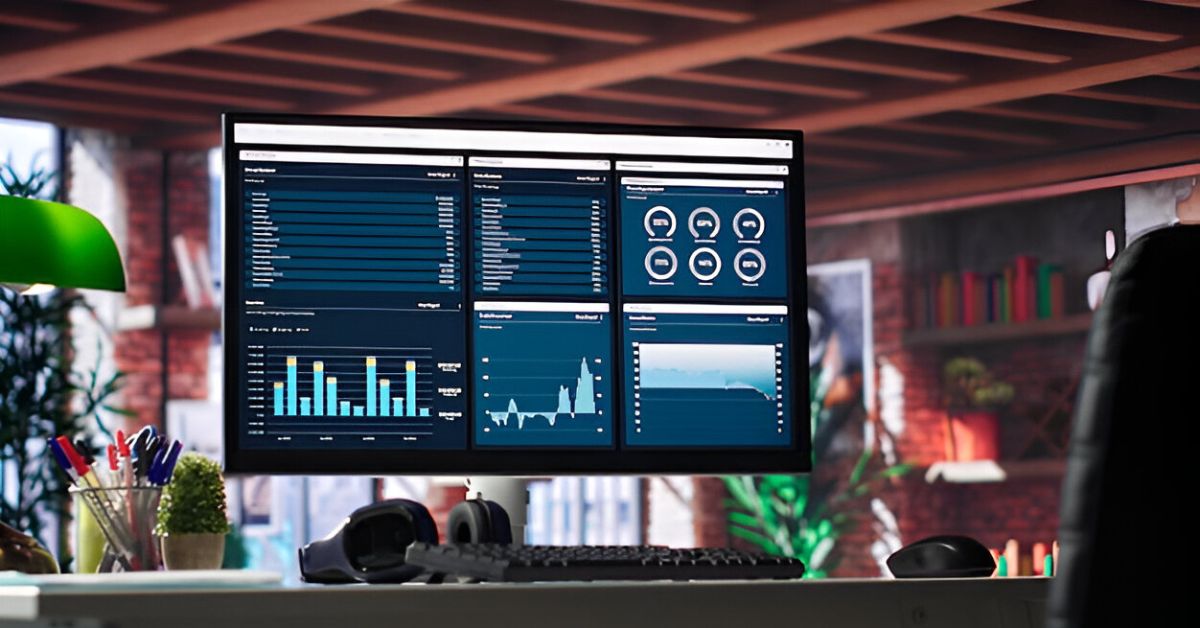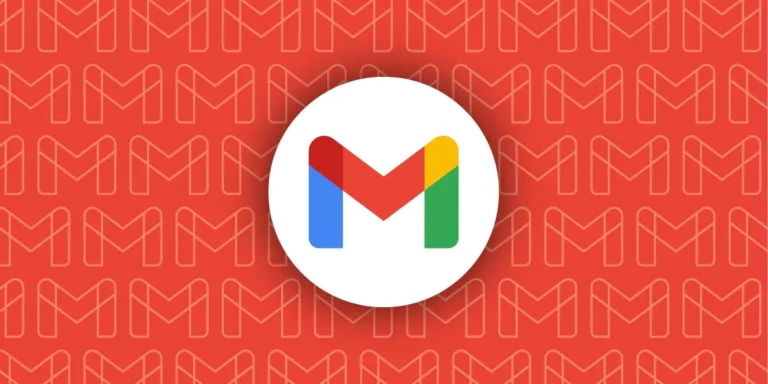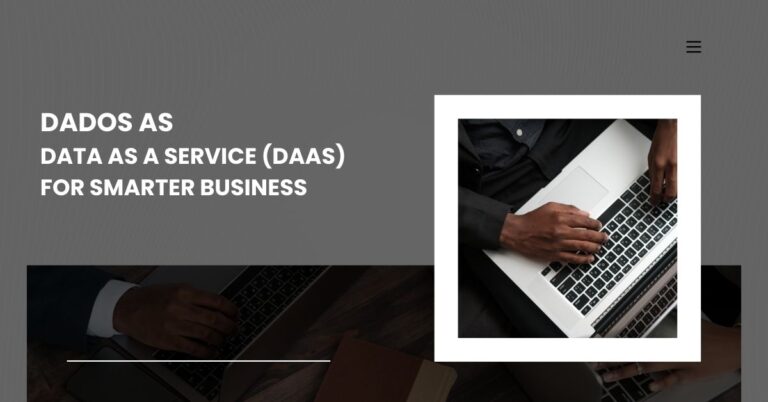Harnessing the Power of Filament: Building Custom Admin Panels in Laravel

Laravel has established itself as a leading framework for modern web application development. Among its suite of tools, the Laravel Filament package stands out as a prime resource for crafting admin panels with ease and precision. As a professional blog article writer, my aim is to delve into how developers can fully leverage Filament to enhance their Laravel projects. Keep reading to discover how this powerful tool can streamline your admin panel creation process.
The Advantages of Using Filament for Custom Admin Panel Creation

Developers opt for Filament in crafting custom admin panels due to its multitude of benefits. One of the most notable advantages is the efficiency it brings to the development process. With built-in components and templates, Filament drastically cuts down the time required to reach production-ready status, compared to building an admin panel from scratch.
User experience (UX) is another area where Filament shines. It delivers responsive, mobile-friendly admin panels straight out of the box, ensuring accessibility and ease of use across various devices. Moreover, Filament’s adherence to modern design standards results in aesthetically pleasing interfaces that end-users appreciate.
Customization is a centerpiece of the Filament experience. Developers are not restricted by rigid structures or limited design choices. Instead, Filament offers the flexibility to extend or override components, allowing for tailored solutions that fit specific project requirements without compromising the application’s integrity.
Essential Considerations When Designing Your Filament Admin Panel
Designing an admin panel with Filament necessitates careful planning. Developers must first assess the specific needs of the application and its users. This involves identifying the types of data that will be managed, how it will be presented, and the operations users need to perform. The flexibility of Filament makes it suitable for a wide range of administrative tasks, from simple data entry to complex workflows.
Security measures are paramount when dealing with admin interfaces. Filament comes with built-in security tools that align with Laravel’s security conventions, but it remains crucial for developers to implement additional measures such as role-based access control, input validation, and activity logging to prevent unauthorized access and data breaches.
User friendliness is critical for ensuring that the admin panel serves its purpose effectively. Developers should prioritize intuitive navigation, clear labeling, and straightforward workflows to facilitate frictionless user interaction. The ability to customize Filament’s components aids in achieving a user-friendly design that can be refined through user feedback and iterative testing.
Integrating Advanced Features and Tools in Your Filament Admin Panel

What truly sets Filament apart in the realm of admin panel creation is its facility for integrating advanced features and custom tools. The package is extendable, meaning developers can introduce new functionalities that cater to elaborate business requirements, such as analytics dashboards, complex form handlers, and custom content management capabilities.
Developers can incorporate various third-party packages compatible with the TALL stack, thereby enhancing the capabilities of their Filament admin panels. Livewire components, for instance, can be utilized to add interactivity and real-time features without the steep learning curve typically associated with JavaScript-heavy solutions.
One of Filament’s strengths lies in its compatibility with other Laravel ecosystem utilities, such as Laravel Nova and Telescope. Combining these powerful tools can provide a highly detailed understanding of application performance, user behavior, and facilitate troubleshooting, making the admin panel a comprehensive control center for application management.
Best Practices for Maintaining and Scaling Your Filament-Based Admin Panels

Maintaining a Filament-based admin panel involves adherence to best practices that ensure its longevity and performance. Regularly updating the Filament package to its latest version is essential, as it includes security patches, performance improvements, and new features that keep the admin panel in line with current standards.
Proper version control and testing are critical components of a maintainable admin panel. Implementing a robust testing strategy, including unit and feature tests, helps maintain stability throughout the application’s lifecycle. Utilizing Laravel’s built-in testing features alongside Filament ensures any updates or customizations are verified before being deployed to production.
Overall, Filament presents a sophisticated solution for Laravel developers looking to create custom admin panels. Through a combination of convenience, customization, and compatibility, it offers an efficient pathway to administrative management. By embracing the best practices and leveraging the full extent of Filament’s features, developers can build admin panels that are not only powerful and intuitive but also scalable and maintainable for the long haul.






